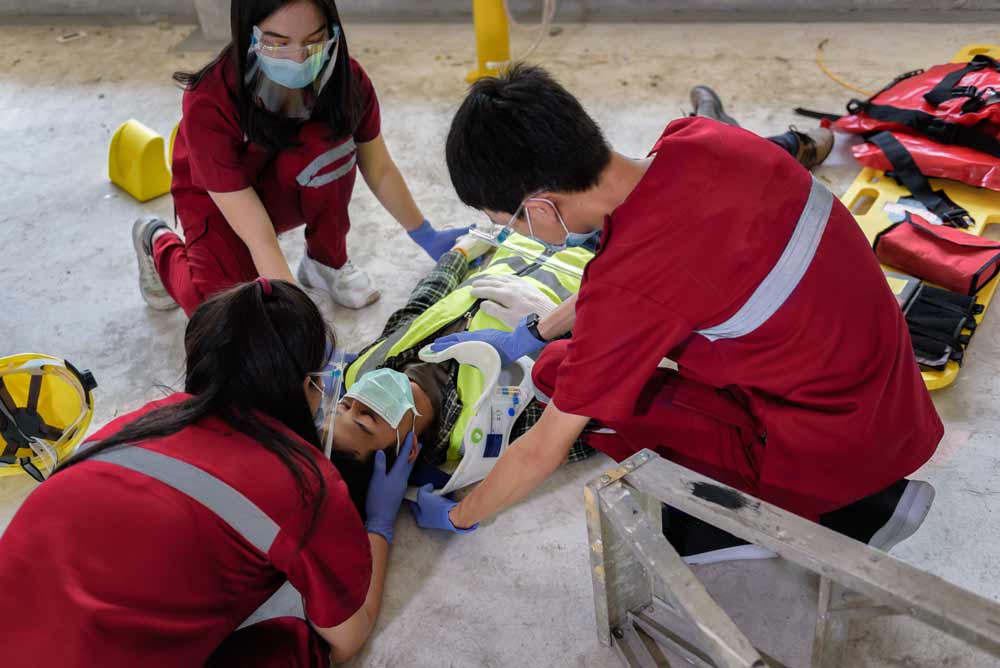
In a previous Diller Law article we discussed motorcycle safety. We identified that because motorcycles are smaller, less visible, and less protected vehicles when compared to cars, motorcyclists are more vulnerable to injury. This article will discuss common motorcycle injuries and a breakdown of different subtypes.
Brain Injury
Most conspicuous regarding motorcycle injuries are brain injuries. These are important to identify because of the seriousness they represent.
The Centers for Disease Control place brain injury into three diagnostic categories:
Brain Injury With Intracranial Injury
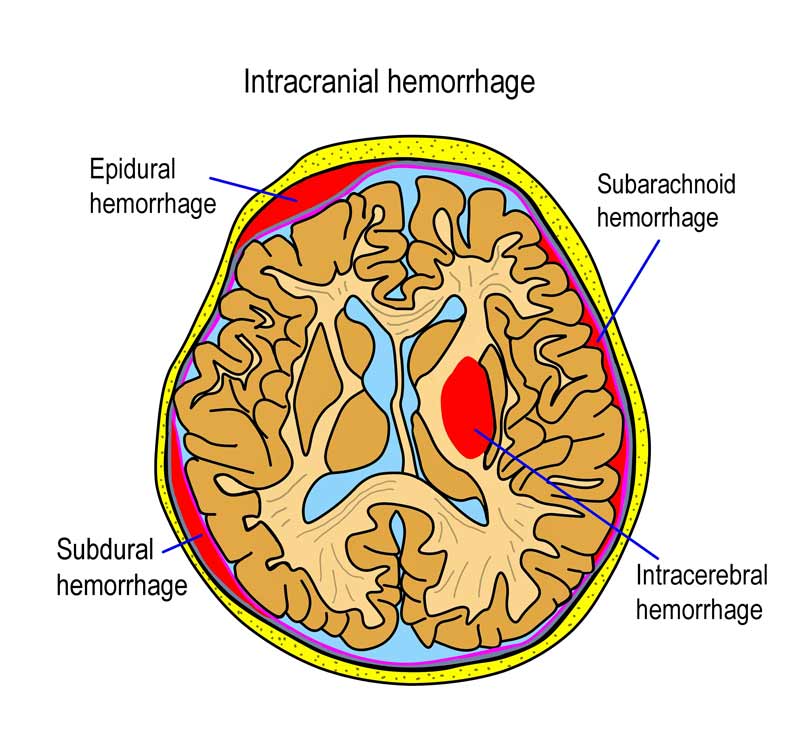
Skull fracture with no intracranial injury, and
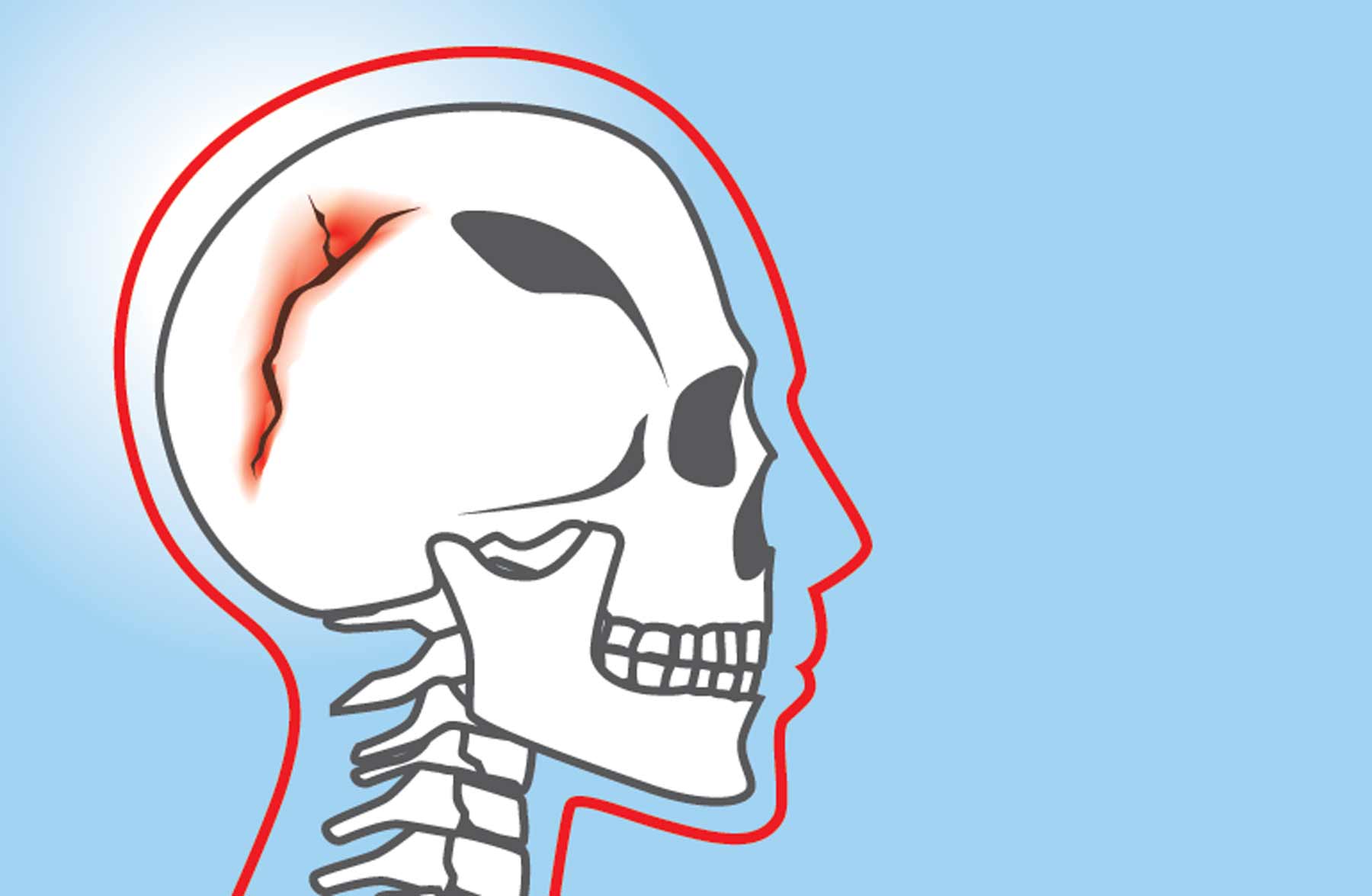
Concussion
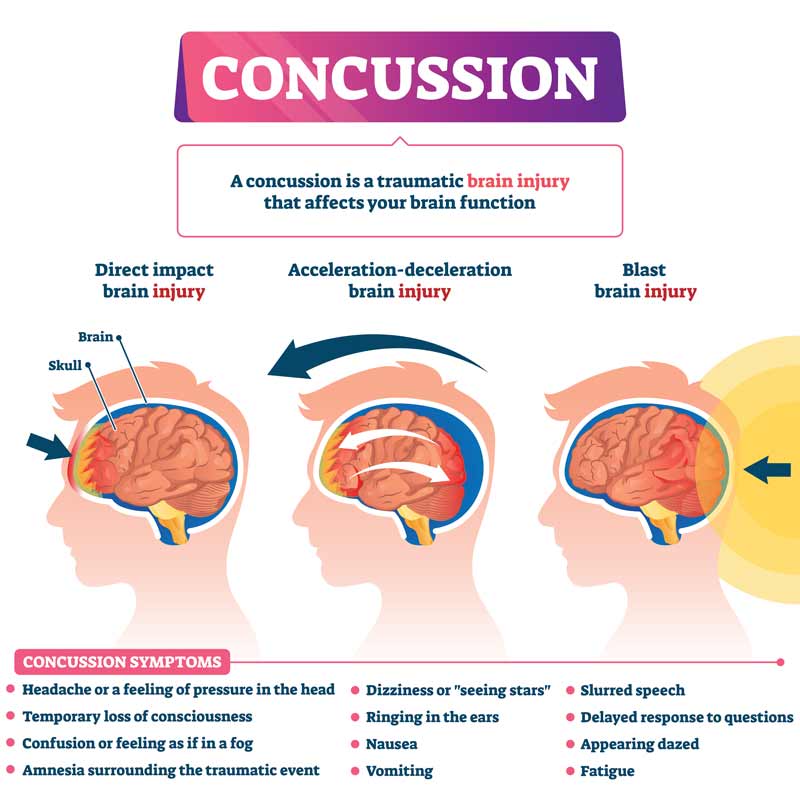
Regarding intracranial injuries, subdural and epidural hematomas are a good example of this type of injury. Intracranial injury refers to an objective finding on imaging such as on a CT scan. It could also refer to loss of consciousness of 1 hour or more.
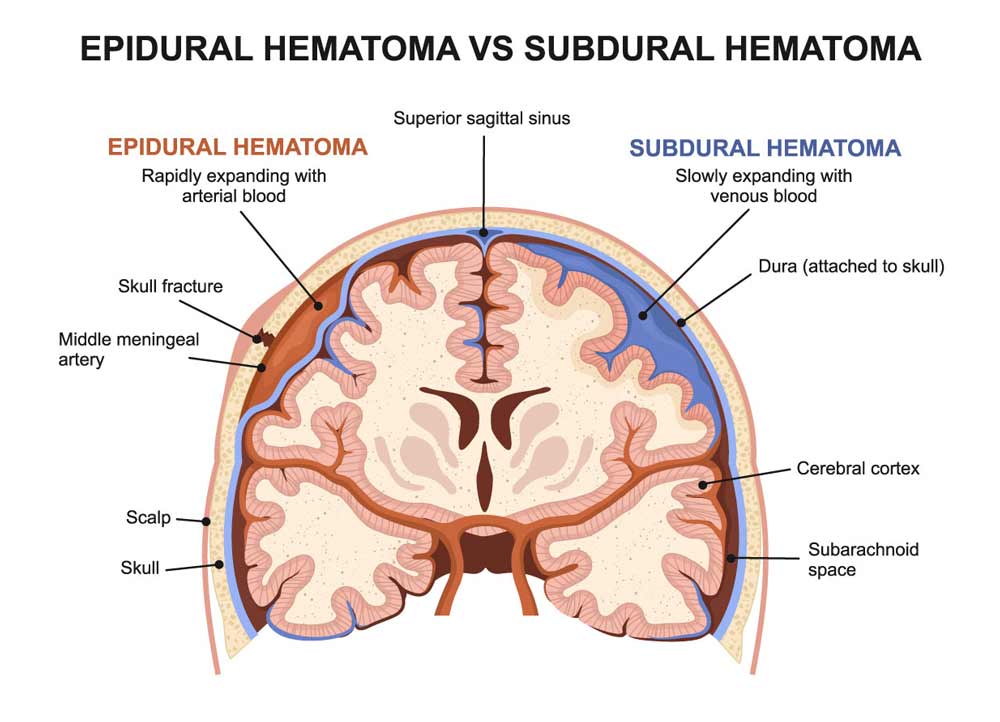
The second type of injury is a skull fracture. These are cases where there is a break in the bones of the skull. The recognized types of skull fractures are linear, depressed, diastatic and basilar. Linear skull fractures are the most common type and represent breaks in which the parts do not move. Usually, no treatment other than observation is required.
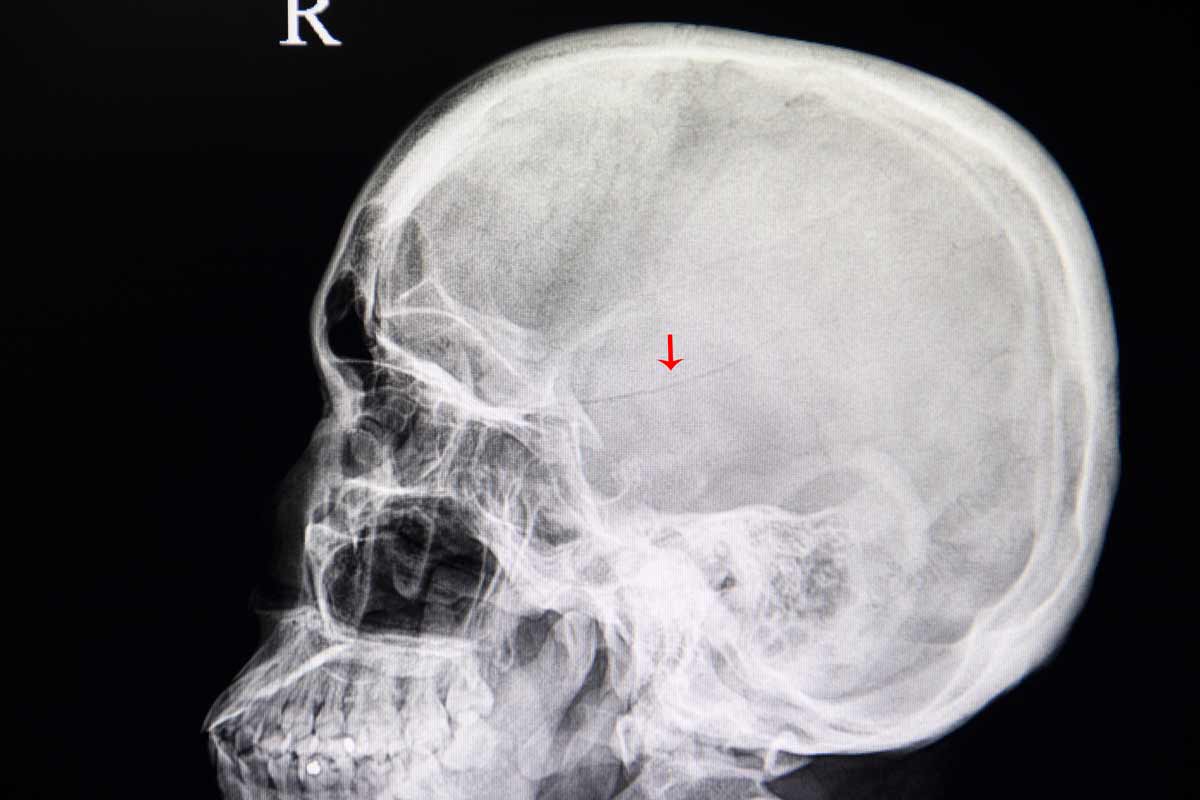
The second type is a depressed skull fracture. Here, the area where the skull was impacted is sunken in from the trauma. Depending on the extent of the depression, surgery may be needed to lift any depression putting pressure on the brain.
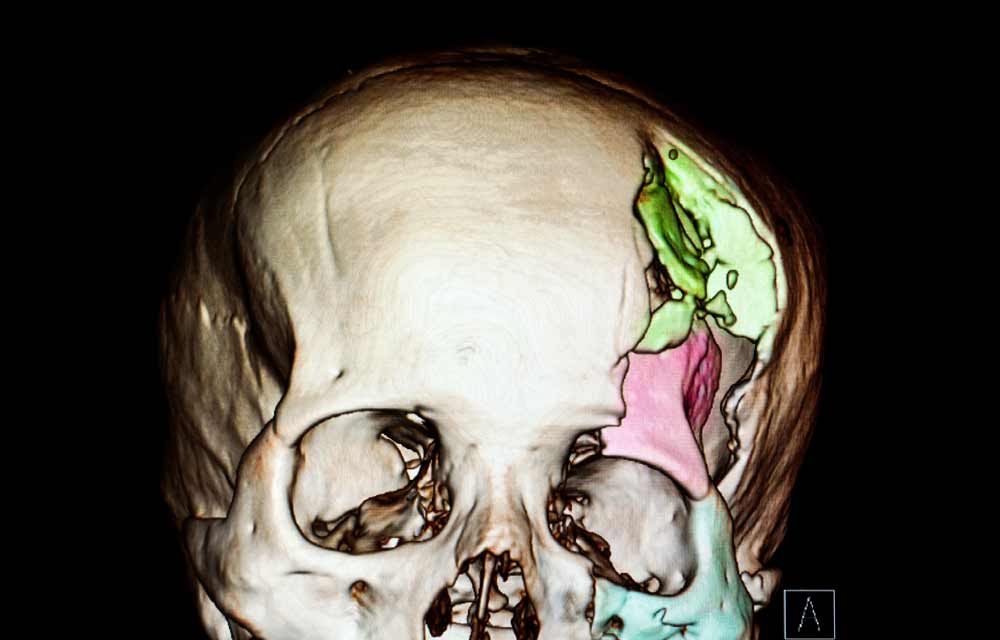
Diastatic skull fractures occur in individuals where the growth plates are still present (typically infants). In these cases, the fracture occurs along the suture lines.
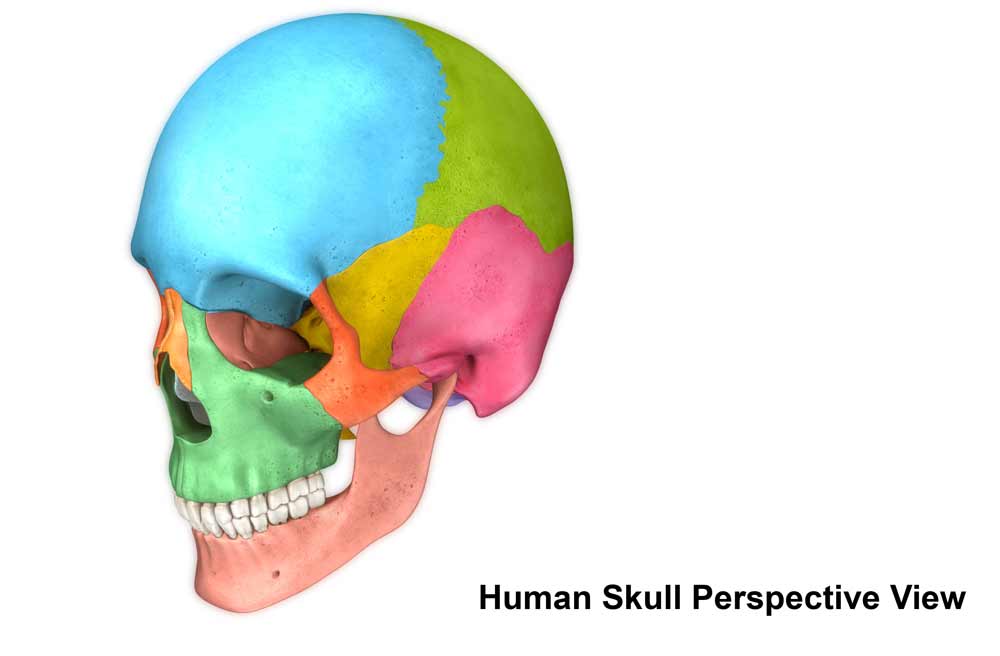
The last type, a basilar skull fracture, is the most serious of the types of skull fracture. These occurs at the base of the skull where the brain performs essential functions of life.

Clues that a person has sustained a basilar skull fracture include bruising around the eyes (also called “Racoon Eyes”) and/or ears.
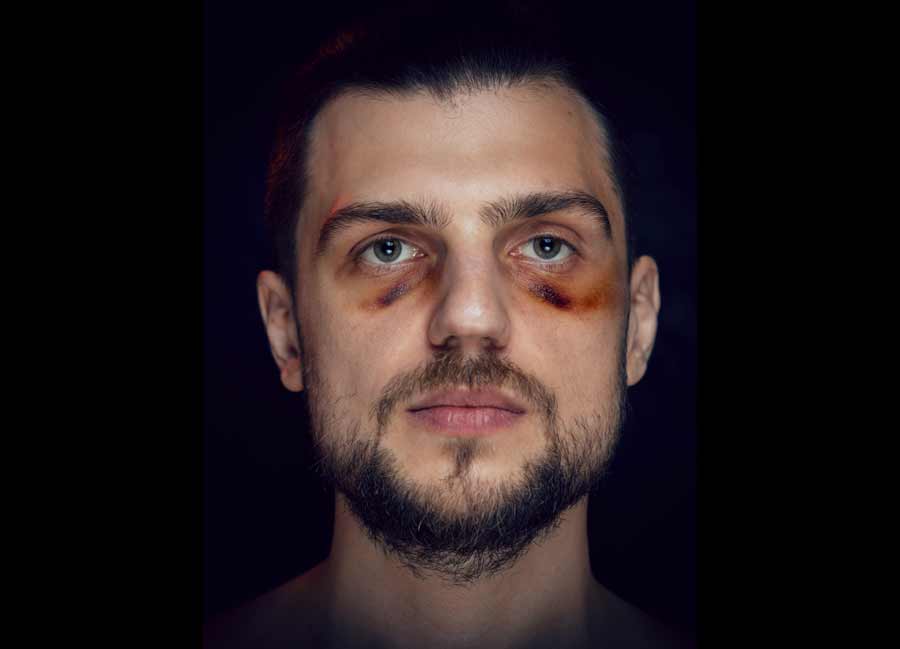
Or there may be fluid draining from their ears or nose that is originating from the brain.
![]()
This creates a path for major infection. This fluid is cerebrospinal fluid originating from the linings of the brain.
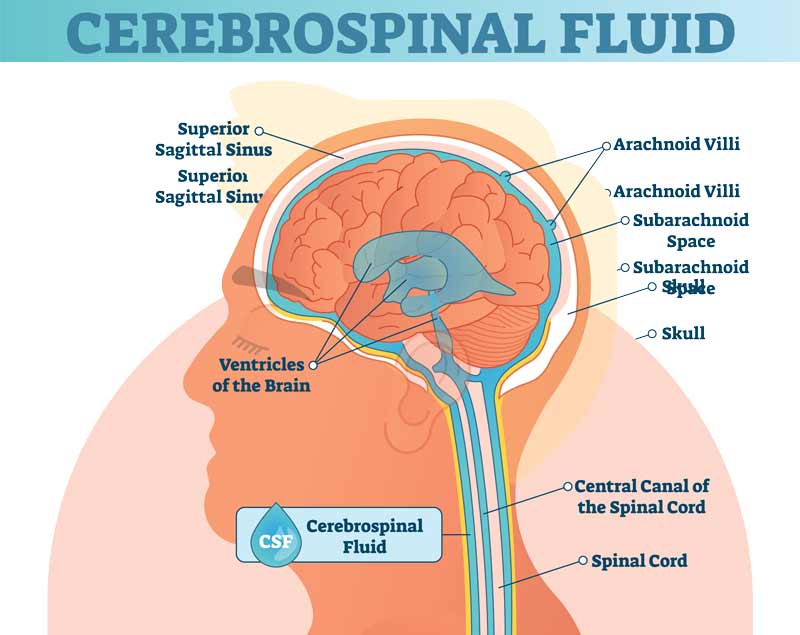
The third type of brain injury, concussion or mild traumatic brain injury has also been discussed previously in this forum. Medical providers look to clinical criteria or checklists to make their diagnoses. Symptoms are related to the area in which the brain has been injured.
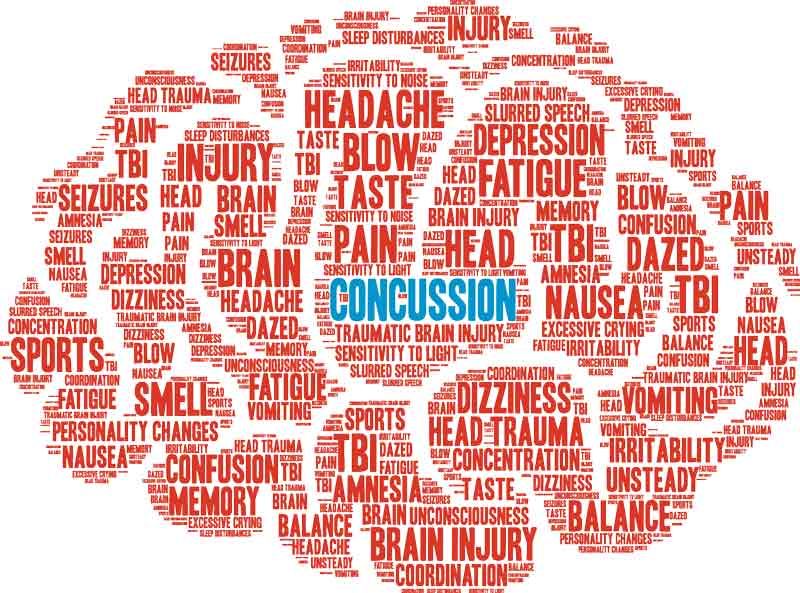
Regarding brain injury in motorcycle crashes, many studies indicate that motorcycle helmets decrease the incidence and/or severity of these types of head injury.
Another type of injury related to motorcycle crashes are traumatic amputations. These violent injuries may occur from direct impact, or from striking the ground after being thrown from the motorcycle. Traumatic amputations require immediate medical attention. They can occur at any part of a limb and can involve the upper or lower extremity.
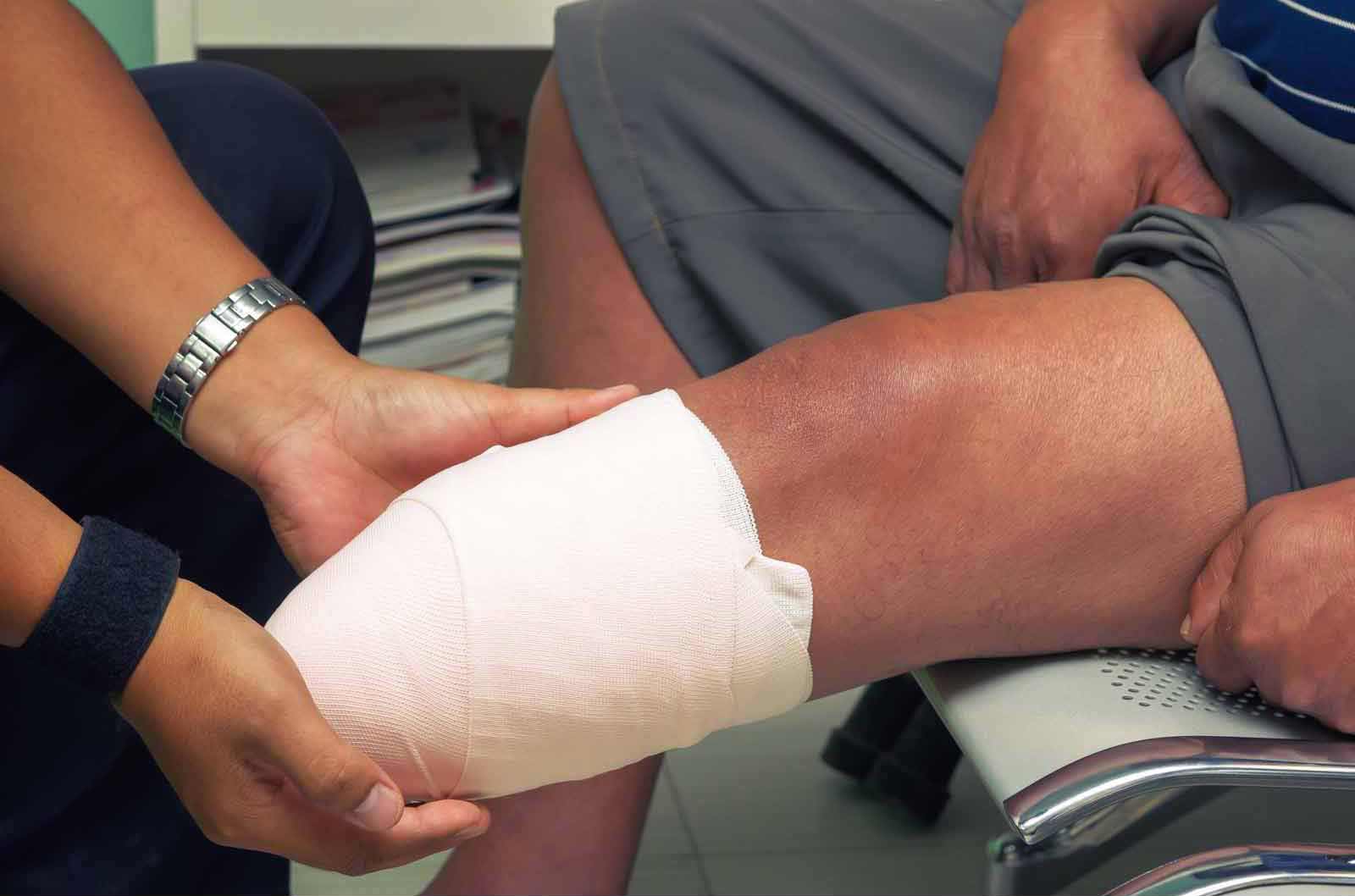
Spinal Cord Injury
Spinal cord injuries are another type of catastrophic injury that have been associated with motorcycle crashes. Various classifications of spinal cord injuries have been described.

Tetraplegia, also called quadriplegia refers to complete loss of motor and/or sensory function in the cervical region. As the term tetra- and quad- imply, this type of injury results in impairment of function in all four extremities. More precisely, this typically includes the arms, trunk, pelvic organs, and legs.
Paraplegia refers to complete loss of motor and/or sensory function in the non-cervical portions of the spinal cord. This means the thoracic, lumbar, or sacral part of the spinal cord has been injured. Accordingly, paraplegia is distinguished from tetraplegia because arm functioning is typically maintained.
Tetraparesis and paraparesis refer to partial loss of motor and/or sensory function. Tetra- again refers to impairment in the cervical region, and para- refers to impairment in non-cervical regions.
Fractures
Motorcycle crashes may also commonly result in broken bones or fractures.
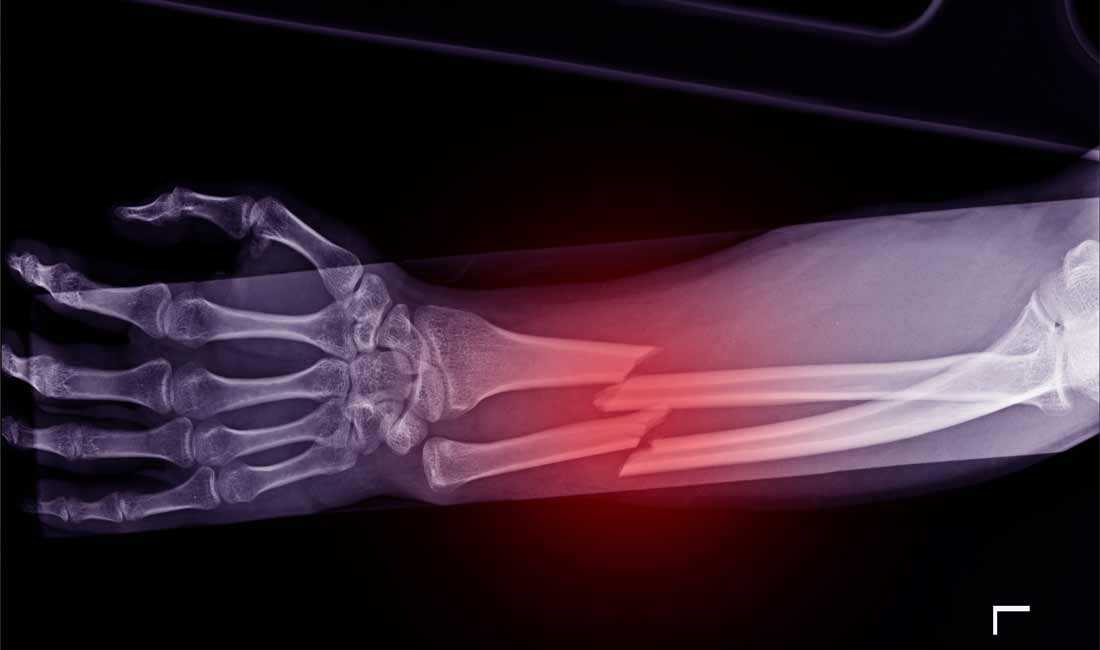
Any bone is vulnerable and single or multiple fractures can occur. Treatment depends on a number of factors. First, is whether the fracture is compromising the circulation or a nerve. Second, is whether the fracture has any communication beyond the victim’s skin. Sometimes called a compound fracture, these “open” fractures require surgical decontamination to ensure proper healing and prevent infection.
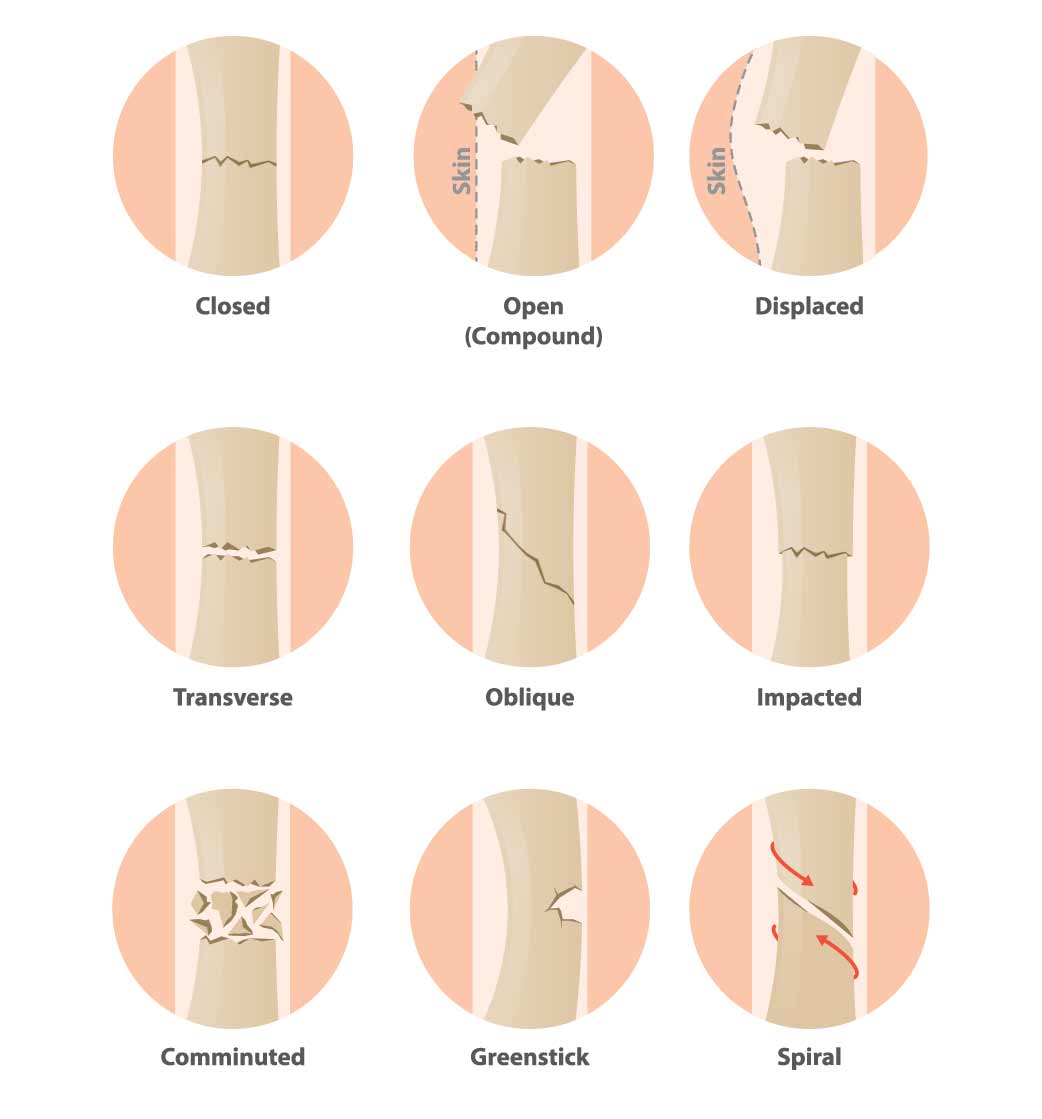
Lastly, treatment is guided by the fracture pattern and amount of displacement.
In any case, follow up evaluations are important to monitor alignment and function of the extremity.
Road Rash
As its name suggests, road rash is an abrasion to the skin from friction with the road.
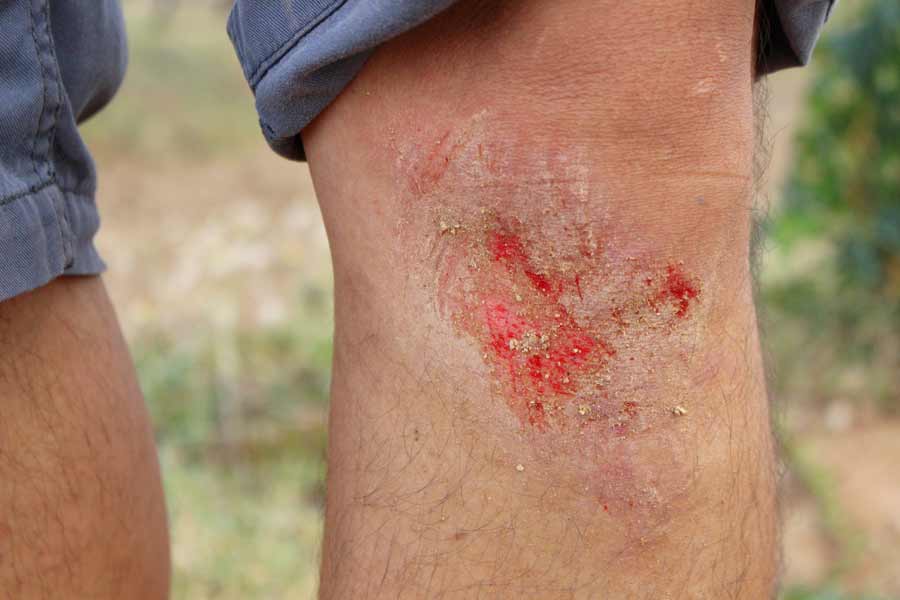
In motorcycle crashes, it often occurs when there is loss of control of the motorcycle and the rider is thrown off. The road rash itself is essentially a burn to the skin. Burns are graded according to degree.
First-degree burns involve the superficial layer of skin, or epidermis. Sunburns are an example of first-degree burns.
A second-degree burn goes deeper into the skin entering the dermis. The formation of a blister is an example of this type of burn.
A third-degree burn is the most severe type of burn and extends to the hypodermis and beyond.
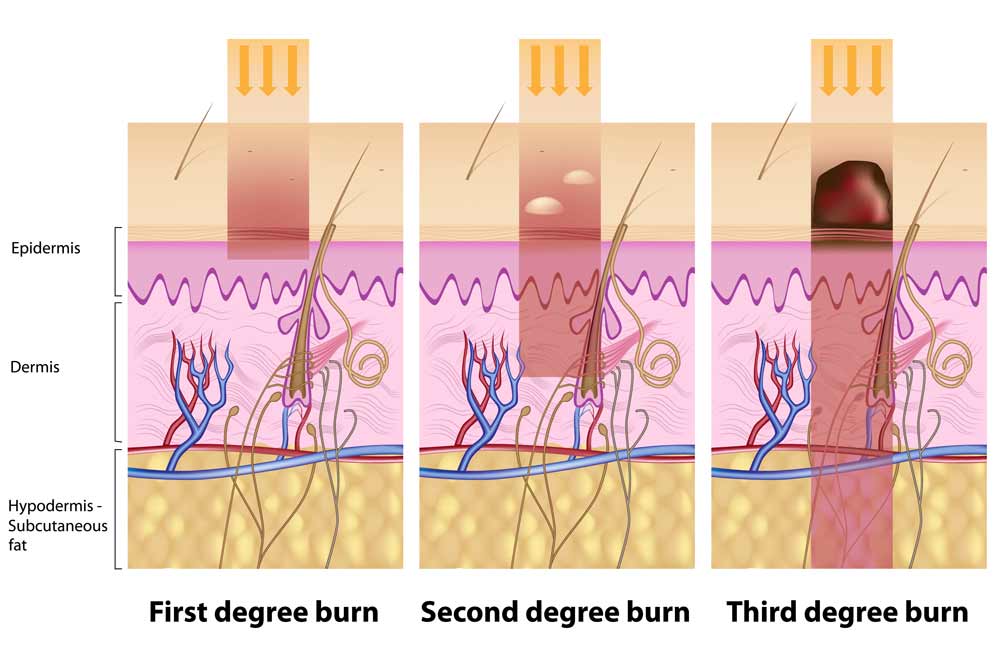
In summary, motorcycle injuries represent significant injuries that require immediate medical evaluation to determine severity and necessity for treatment. Consult our previous article for tips on motorcycle safety and prevention.
